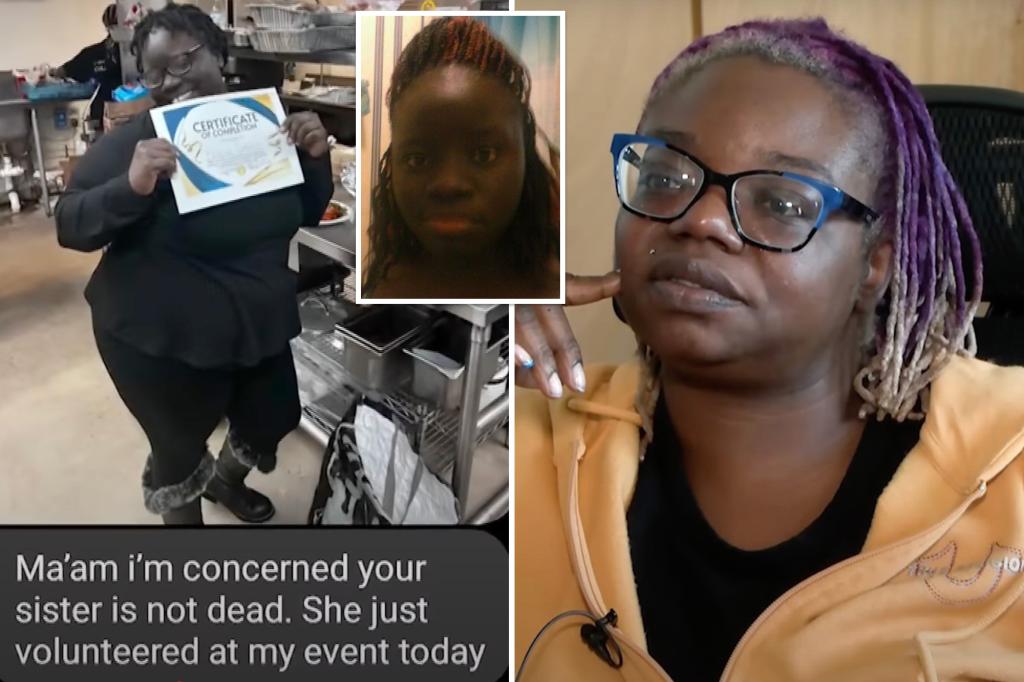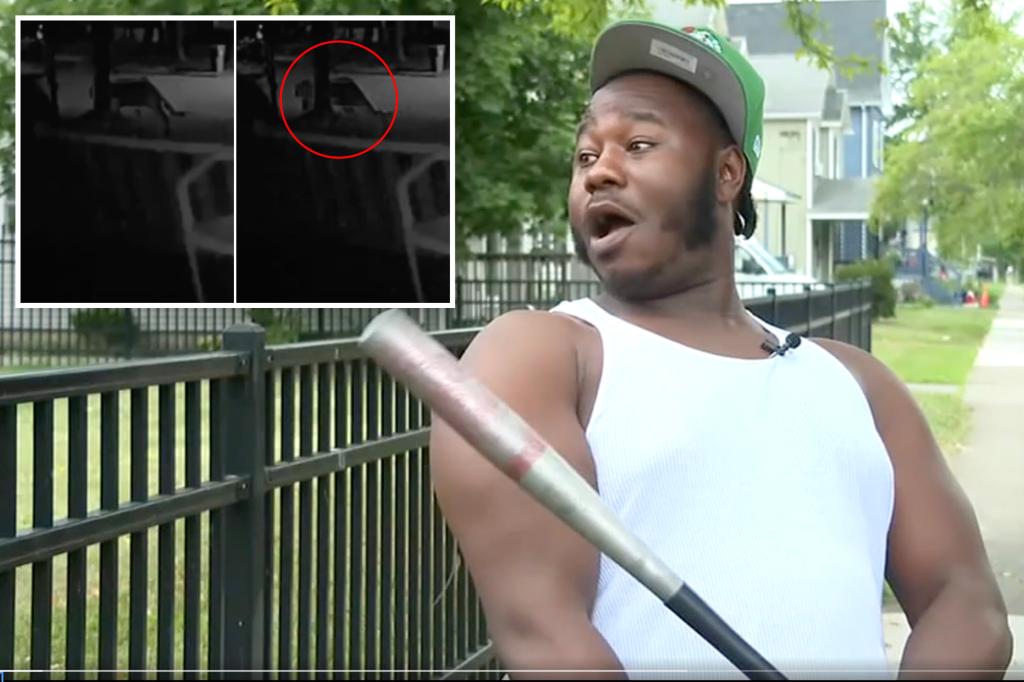A Family’s Heartbreaking Mistake: The Wrong Goodbye to a Missing Sister
In a devastating twist of fate, a New York family mourned and cremated a woman they believed was their missing sister—only to discover months later that she was someone else. The emotional ordeal began in March 2023 when 28-year-old Maria Rodriguez disappeared after leaving her Bronx apartment. Authorities identified remains found in April as Maria’s, but DNA tests later revealed a tragic case of mistaken identity, leaving the family grappling with renewed grief and unanswered questions.
The Disappearance and Initial Identification
Maria Rodriguez vanished on March 15 after telling coworkers she felt unwell. When she failed to show up for work or answer calls, her family filed a missing persons report. The NYPD launched a search, scouring surveillance footage and interviewing neighbors. Six weeks later, the medical examiner’s office notified the Rodriguez family that a body matching Maria’s description—including similar clothing and physical features—had been found in a wooded area near Pelham Bay Park.
“They showed us dental records and photos,” recalled Carlos Rodriguez, Maria’s brother. “In our grief, we accepted it was her. We needed closure.” The family held a traditional Catholic funeral and cremated the remains per Maria’s stated wishes.
The Shocking Revelation
In September 2023, the family’s world shattered when cold case detectives contacted them about new DNA evidence. Advanced testing revealed the remains belonged to 31-year-old Jessica Morales, a missing woman from New Jersey last seen in February. The medical examiner’s office acknowledged the initial visual identification had been incorrect due to decomposed remains and circumstantial similarities.
Forensic experts note such errors, while rare, occur in approximately 1-2% of missing persons cases nationwide according to National Institute of Justice data. “Visual identification becomes unreliable when bodies are significantly decomposed,” explained Dr. Ellen Pratt, a forensic anthropologist at Columbia University. “DNA or fingerprint analysis should always follow—but backlogs can delay results for months.”
The Emotional Toll of Mistaken Identity
The Rodriguez family now faces compounded trauma: mourning Maria anew while grieving for Jessica Morales, whose family had been unaware of the discovery. “We lit candles for Jessica too,” said Maria’s mother, Rosa. “Another mother’s daughter.” Meanwhile, the Morales family must process that Jessica was buried under another name.
Psychologists emphasize the unique challenges of such situations. “When the fundamental certainty of death is disrupted, it creates complicated grief,” noted Dr. Samuel Weiss, a trauma specialist at NYU Langone. “Families experience anger, guilt, and a crisis of trust in institutions meant to protect them.”
- 1,300+ active missing persons cases in New York State
- 42 days average time for DNA processing in non-urgent cases
- 28% of families report dissatisfaction with missing persons investigations (National Missing and Unidentified Persons System data)
Systemic Challenges in Missing Persons Cases
The case highlights systemic issues in missing persons investigations. Understaffed medical examiner offices nationwide face 20-30% staffing shortages, per the National Association of Medical Examiners. Meanwhile, the FBI’s National DNA Index System contains over 20 million profiles, creating matching delays.
Advocates argue for reforms. “This tragedy shows why we need mandatory DNA testing before releasing remains,” said Karen Smith of the Doe Network, a nonprofit assisting unidentified persons cases. Some jurisdictions have adopted rapid DNA testing devices that provide results in 90 minutes—but at $250 per test, budget constraints limit widespread use.
Where Is Maria Rodriguez?
As of October 2023, Maria remains missing. The NYPD has reopened her case, re-interviewing witnesses and analyzing new tips. “We’re exploring all possibilities,” stated Detective Mark Reynolds. “This includes re-examining whether Maria’s disappearance and Jessica’s death are connected.”
The Rodriguez family clings to hope while preparing for all outcomes. They’ve established a GoFundMe to hire private investigators and advocate for missing persons protocol changes. “We need answers,” Carlos said. “Not just for Maria, but to prevent other families from living this nightmare.”
Broader Implications for Grieving Families
This case underscores the fragile nature of closure in missing persons cases. A 2022 study in the Journal of Forensic Sciences found that 63% of families accepting visual identifications later reported doubts about their accuracy. Experts recommend:
- Requesting DNA confirmation before funeral arrangements
- Consulting independent forensic specialists
- Documenting all communications with authorities
For now, two families navigate unimaginable grief—one mourning a daughter twice, the other learning their loved one was buried as a stranger. Their tragedy serves as a sobering reminder of identification system vulnerabilities and the human cost when they fail.
Call to Action: If you have information about Maria Rodriguez’s disappearance, contact NYPD Crime Stoppers at 1-800-577-TIPS. To support missing persons reform, visit the Doe Network’s advocacy page.
See more NY Times Report



